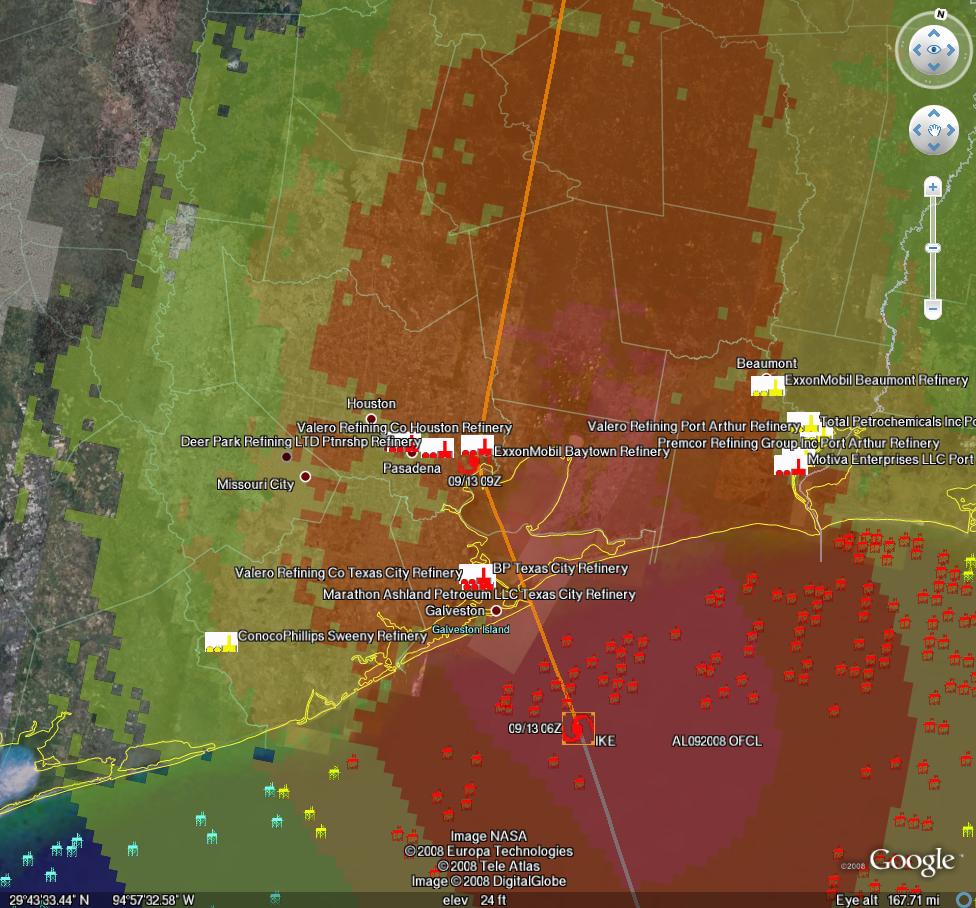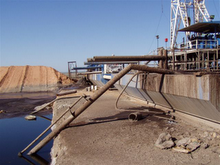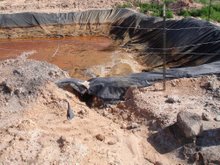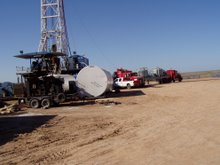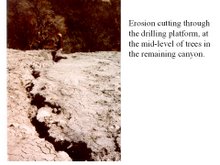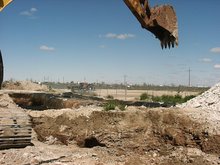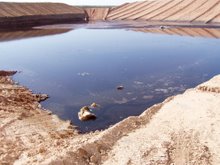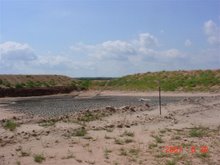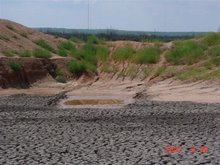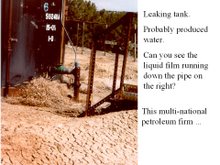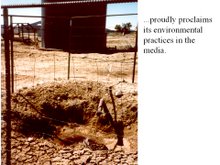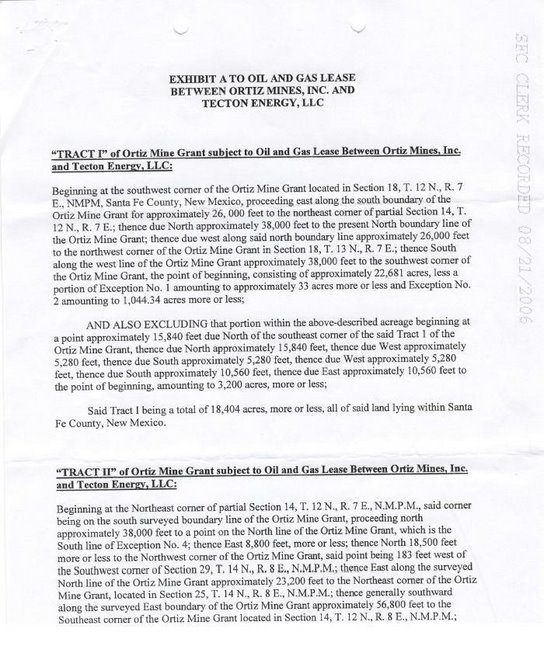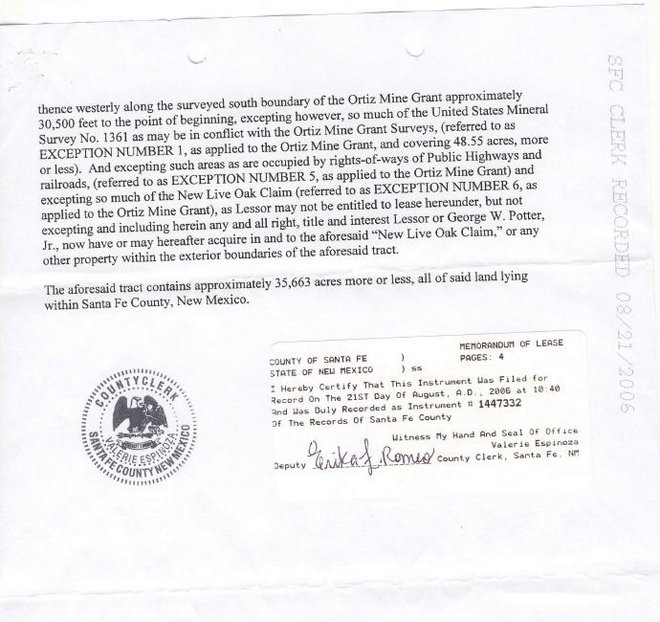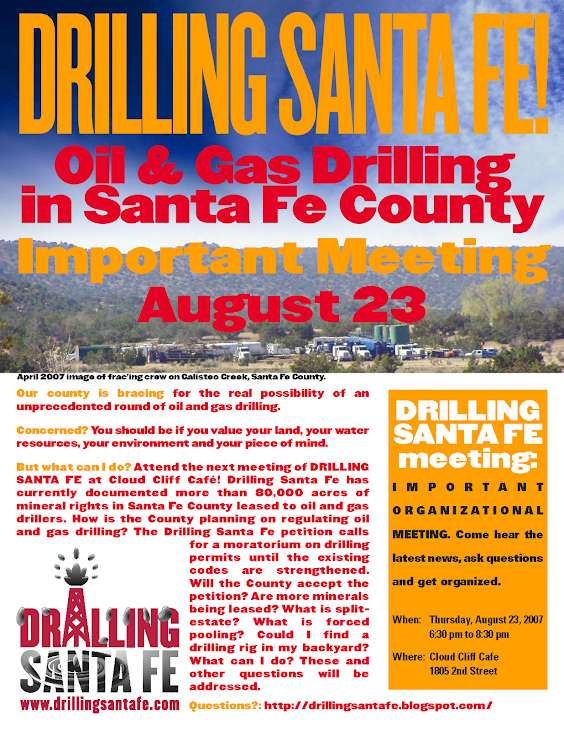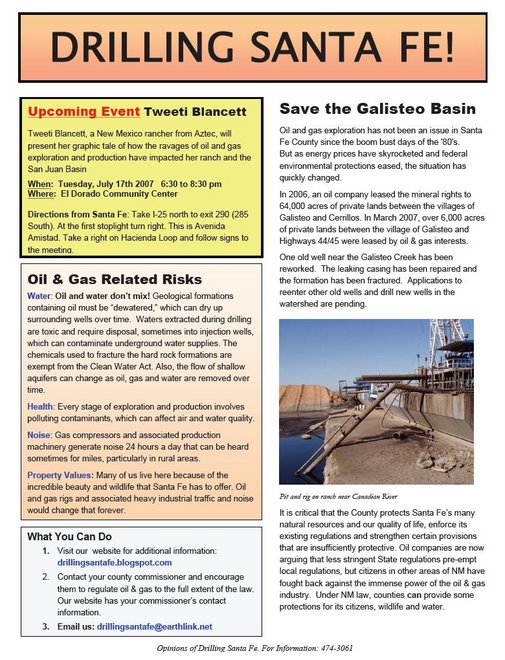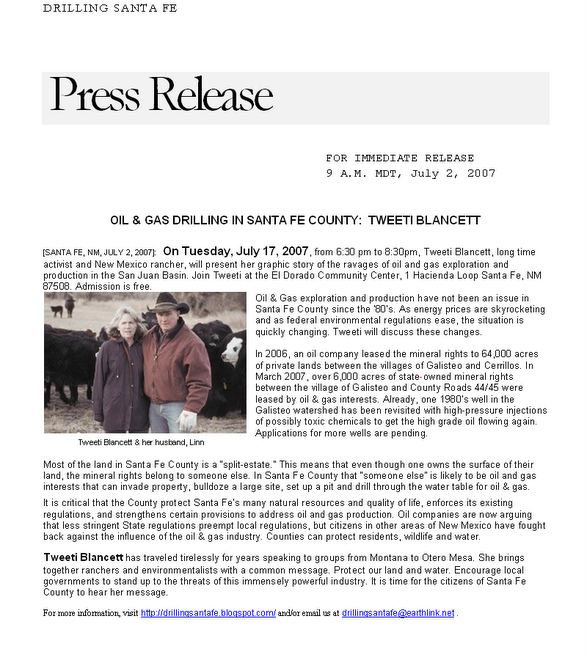That Energy Information Administration analysis is, however, a couple of years old, so I called up the author today and asked if it was being updated. Turns out a new version will be published in a couple of days, but she explained to me that the "answers are not very different" -- no significant impact for the duration of the analysis (through 2030) -- for reasons I will discuss below. First, however, it wasn't until I talked to her and looked closely at the original analysis -- "Impacts of Increased Access to Oil and Natural Gas Resources in the Lower 48 Federal Outer Continental Shelf" -- that I understood what a cruel hoax this whole issue is.
The oil companies already have access to some 34 billion barrels of offshore oil they haven't even developed yet, but ending the federal moratorium on offshore drilling would probably add only another 8 billion barrels (assuming California still blocks drilling off its coast). Who thinks adding under 100,000 barrels a day in supply sometime after 2020 -- some one-thousandth of total supply -- would be more than the proverbial drop in the ocean? Remember the Saudis couldn't stop prices from rising now by announcing that they will add 500,000 barrels of oil a day by the end of this year!
Here is the key data from EIA:

Look closely: As of 2003, oil companies had available for leasing and development 40.92 billion barrels of offshore oil in the Gulf of Mexico. I asked the EIA analyst how much of that (estimated) available oil had been discovered in the last five years. She went to her computer and said "about 7 billion barrels have been found." That leaves about 34 billion still to find and develop.
The federal moratorium only blocks another 18 billion barrels of oil from being developed. But, as you can see, most of that is off of California, which has bipartisan opposition to drilling from Republican Governor Schwarzenegger -- who, unlike McCain, seems serious about his commitment to greenhouse gas reduction -- and the Democratic legislature, which remembers all too well the devastating 1969 oil spill off the coast of Santa Barbara. Indeed, Karen Bass, the newly appointed speaker of the State Assembly, said, "The idea of increasing offshore drilling off the coast of California I think is absurd, and I can't even imagine we would entertain that." Why would they, given the risk to their beautiful coasts and their commitment to reduce statewide greenhouse gas emissions 80 percent by midcentury?
So that only leaves about 8 billion barrels, which is about what the world uses in three months. Not bloody much. And that assumes every other state, including Florida, goes aggressively with offshore drilling, which is exceedingly unlikely.
You may ask why big oil hasn't gotten around to the 34 billion barrels already available to them offshore, given the staggering price for oil? The answer is pretty much the same reason why the EIA analyst told me that ending the federal moratorium is "certainly not going to make a difference in the next 10 years": It ain't easy being non-green offshore.
As she explained, the constraints on offshore drilling have little to do with the price of oil, but a lot to do with timing. Once the leases are available, it is five to 10 years before you get to exploratory drilling. There is a tremendous shortage of drilling rigs and manpower. Plus, offshore drilling is so expensive, you don't want to make any mistakes. So you do a lot of seismic analysis to minimize your chances of a dry well.
And it is probably another five or more years from drilling your exploratory well to getting significant production from the area -- and that assumes you didn't dig a dry well. If you did, then you are probably going to be even more cautious. And all that assumes you have developed a pipeline infrastructure for delivering the oil. But the Atlantic Coast lacks such an infrastructure, so who knows how long it would take to get its oil?
Here are the assumptions EIA makes:
Assumptions about exploration, development, and production of economical fields (drilling schedules, costs, platform selection, reserves-to-production ratios, etc.) in the OCS access case are based on data for fields in the western Gulf of Mexico that are of similar water depth and size. Exploration and development on the OCS in the Pacific, the Atlantic, and the eastern Gulf are assumed to proceed at rates similar to those seen in the early development of the Gulf region. In addition, it is assumed that local infrastructure issues and other potential non-Federal impediments will be resolved after Federal access restrictions have been lifted.
And here is what EIA projects would happen to offshore oil production if the federal moratorium were eliminated and none of the states block drilling and if exploration and development of resources in those areas begin in 2012:

Essentially no extra oil beyond the reference case until 2020. And then from 2020 to 2030, the extra oil production averages about 150,000 barrels of oil a day.
But of course that's not going to happen since, as noted, absent the federal moratorium, California is not going to allow drilling off its cost. So we are almost certainly talking under 100,000 barrels a day sometime after 2020. And yet Senator McCain said:
"Tomorrow I'll call for lifting the federal moratorium for states that choose to permit exploration," McCain said. "I think that this and perhaps providing additional incentives for states to permit exploration off their coasts would be very helpful in the short term in resolving our energy crisis."
It is cruel to mislead the public on a subject that matters so much to all Americans. If only we had a politician willing to engage in straight talk on this important issue.
This post was created for ClimateProgress.org, a project of the Center for American Progress Action Fund."












